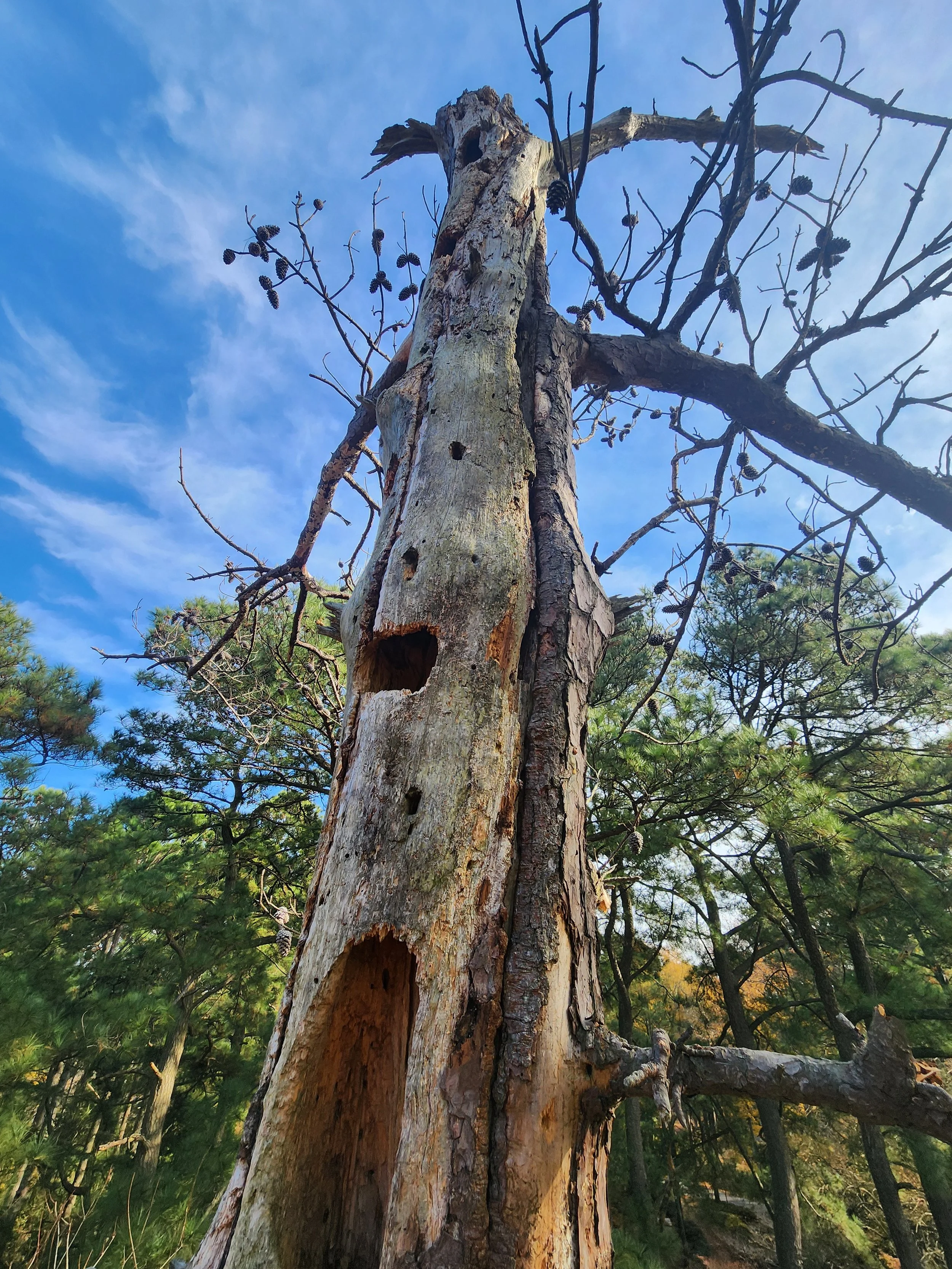
Removals
Unfortunately, some trees need to be removed. We’ve handled thousands of hazard tree removals over the years with 100% success rate.
Fire Damaged Pine Tree Removal
Compromised Sweet Gum Removal
Defective Pine Over Home
Pruning
From house clearance pruning to whole tree reductions, we do that. We adhere to ANSI A300 standards when pruning, making sure your tree stays healthy and strong. We do not use spikes for pruning, we use modern rope access techniques.
From Treesaregood.org-
Pruning Techniques
Specific types of pruning may be necessary to maintain a mature tree in a healthy, safe, and attractive condition.
Cleaning is the removal of dead, dying, diseased, weakly attached, and low-vigor branches from the crown of a tree.
Raising removes the lower branches from a tree to provide clearance for buildings, vehicles, pedestrians, and vistas.
Reduction reduces the size of a tree, often for utility line clearance. Reducing a tree’s height or spread is best accomplished by pruning back the leaders and branch terminals to secondary branches that are large enough to assume the terminal roles (at least one-third the diameter of the cut stem). Compared to topping, reduction helps maintain the tree’s form and structural integrity.
Reducing density of foliage at the crown periphery, thinning, is sometimes performed to increase wind or light penetration for aesthetic reasons and to promote interior foliage development.
Mitigating hazards in an Oak Tree
Supplemental Support Systems
Cabling and bracing is an effective, cost efficient way to stabilize some trees with defects.
Cabling an Oak Tree with a Defective Union




